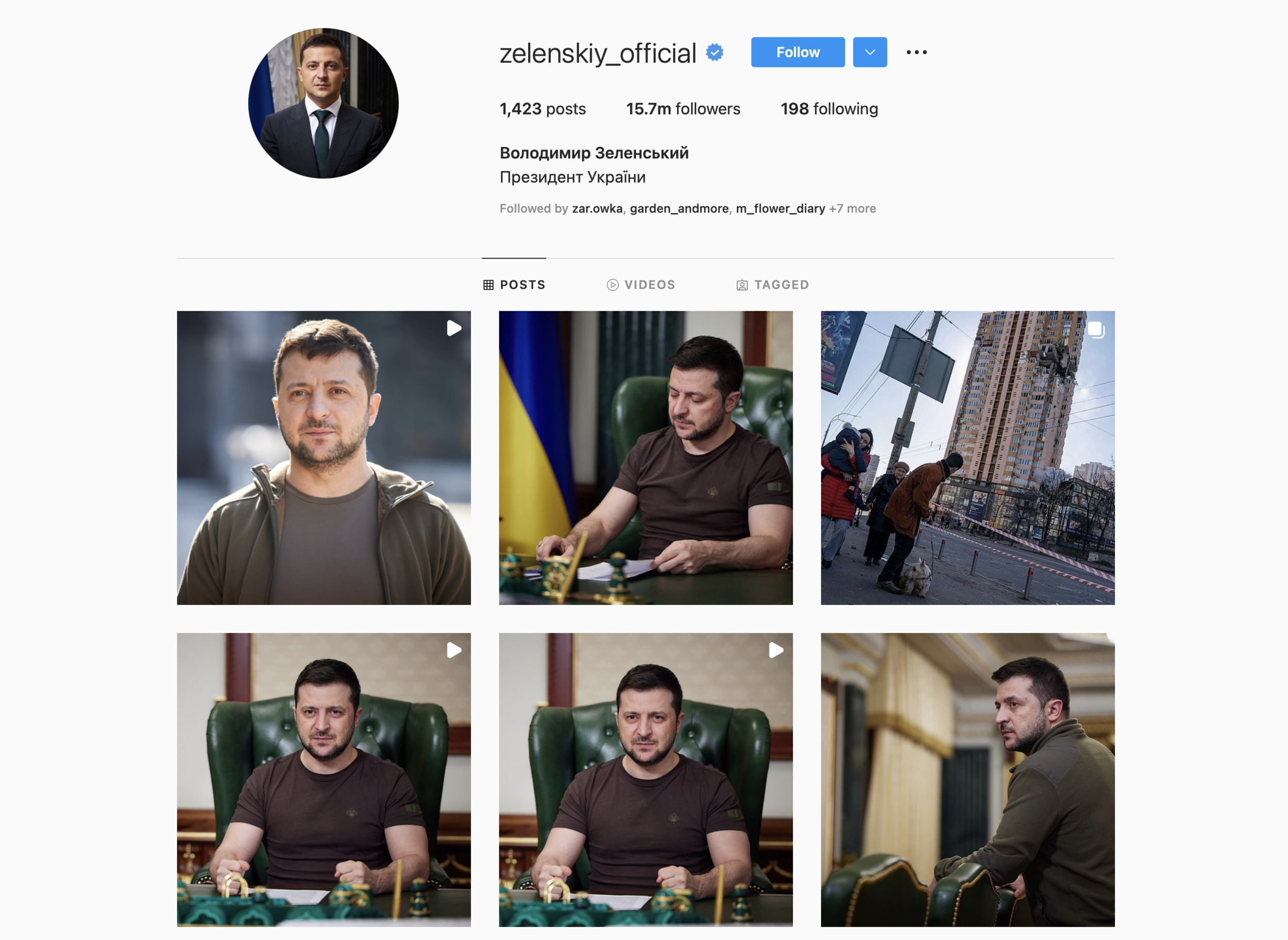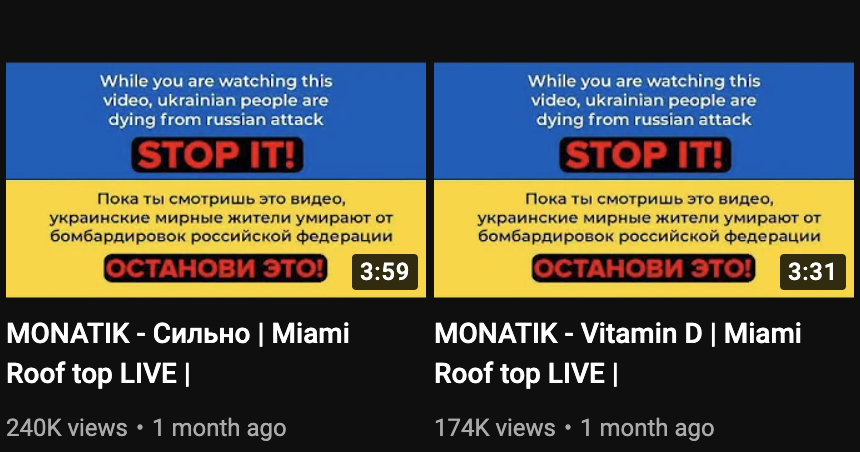Ukraine: How Social Media is Being Harnessed For Good During Russia's Invasion
Art Credit: Jay Masters, Dribble
We are sure you are all aware of the terrible situation happening to the people of Ukraine. On behalf of everyone on the team, we are truly devastated at Putin's actions, and we are distraught and sorry to the people of Ukraine that this is happening.
Today we wanted to explain to those in Marketing why Social Media platforms are leaving Russia, or why Russia is blocking them. We also wanted to outline the incredible ways people in Ukraine are using Social Media to spread important information and keep others safe.
We also ask that you take the time and read through some of our suggestions on how you can help, linked at the bottom of this article. Many places across the UK are taking in essentials for those fleeing Ukraine, and we recommend (if you can) picking up a few extra items at the supermarket or going through your closet to see if there is anything you can donate (hardly worn, well looked after items). If you don't have these options locally, we have provided a list of reputable and trustworthy organisations below that can take donations.
Whats happening with Social Media Platforms?
Since 2016 the way people think about Social Media has changed. We saw a sharp rise in false political information that had real-world effects on many countries and their decisions. The Cambridge Analytica scandal and Russian influence on Facebook meant that as soon as Russia decided to invade Ukraine, we would see a sharp rise in social activity that would mean undermining Ukrainian sovereignty.
The unfortunate truth is that social media platforms have become an additional battlefield during wars. Social Media channels rapidly became the main avenue to spread false information and harvest user data throughout the 2010s. The power of digital has been seen before during the Arab Springs and Syrian War. This is why social media platforms were ready to intervene as soon as it was clear what Putin’s intention was.
The Role of Influencers
Unlike wars before the 2010s, the first images of people experiencing Russia's invasion from the front lines were through social media. Whether it's TikTok, Instagram or Twitter, Ukrainian users and influencers started to post videos from shocking bomb explosions, army tanks and people hiding in underground bunkers. They asked their followers to pray for Ukraine and support the people with donations (see below how to help Ukraine).
The engagement around this bleak topic is so high on platforms that Volodimir Zelenskiy, Ukraine's president, mentioned influencers in one of his speeches and asked for the TikTokers support to help spread the truth and stop the war. Russian influencers are also using social networks to support Ukraine and affirm their disagreement with their government's decisions.
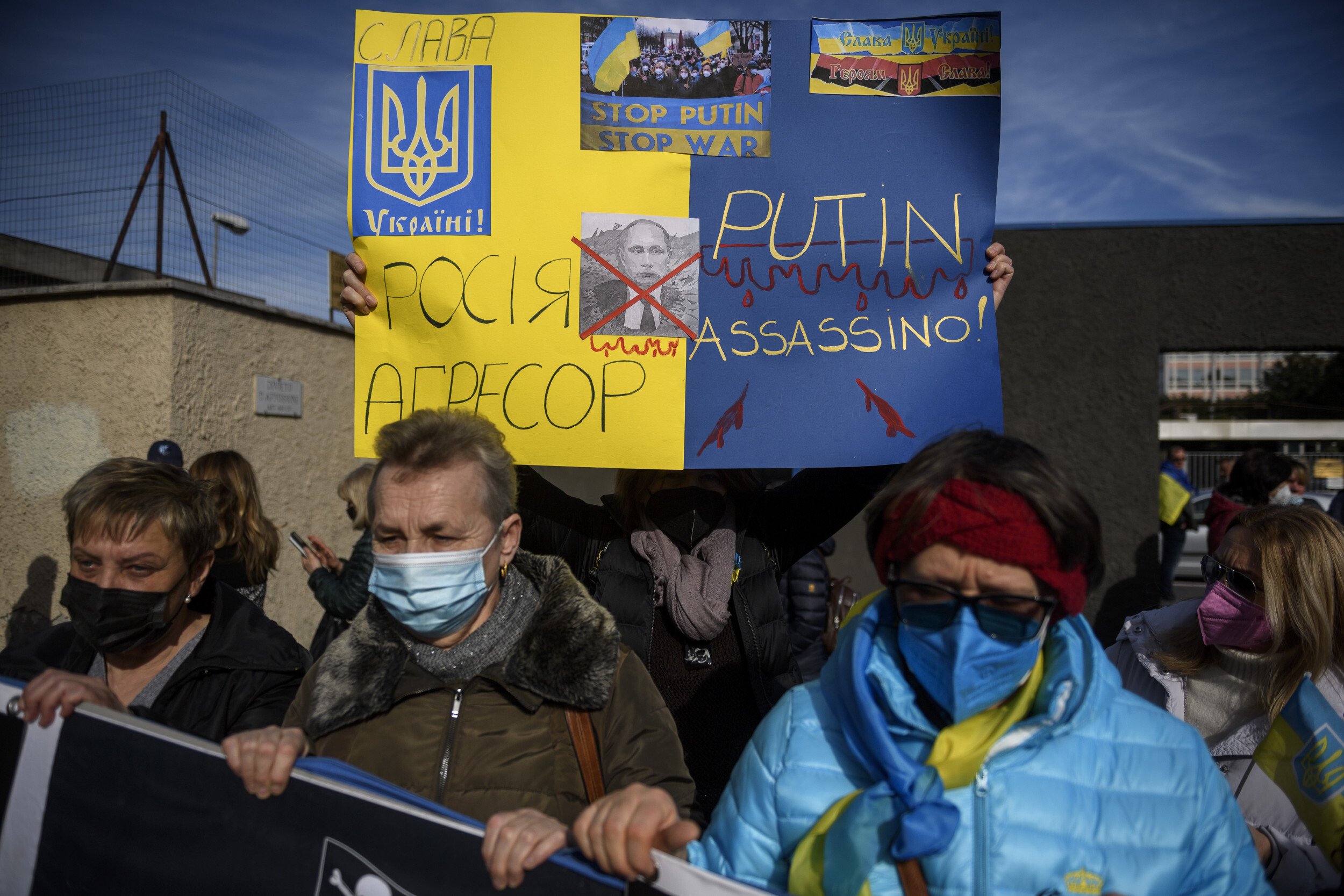
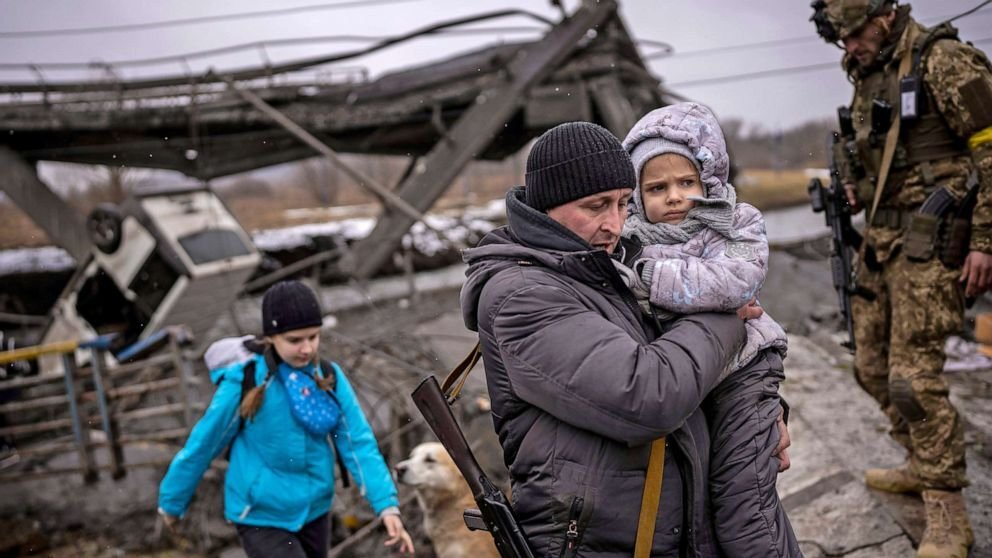
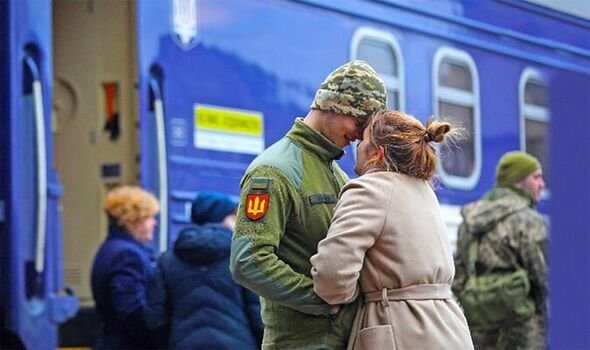
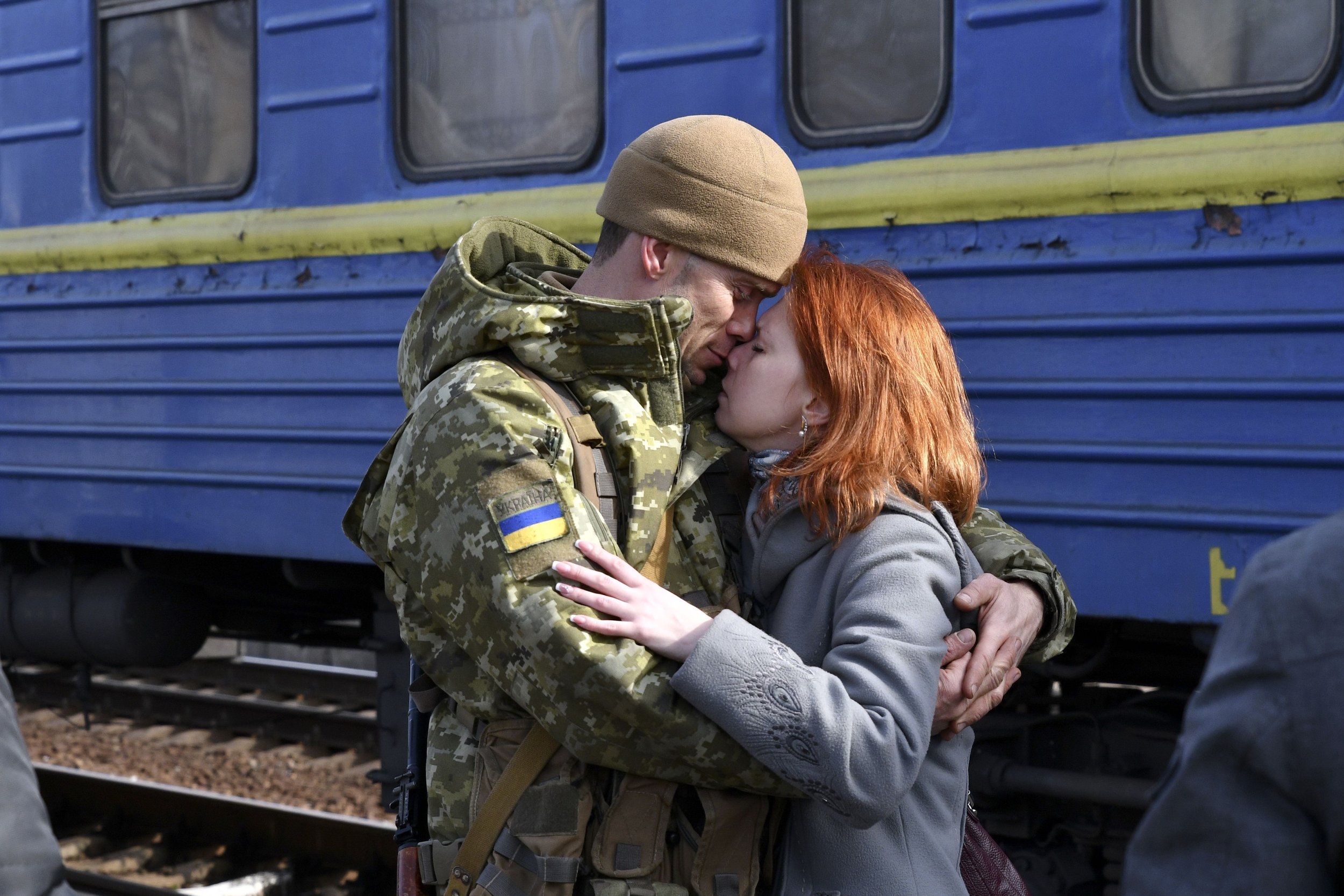
A New Form of War Journalism
We can see people’s testimony of daily life during the war on all the leading social media platforms. For example, heartbreaking pictures and videos of people getting on board trains to flee the country, missiles exploding, or men saying goodbye to their families to go to the battlefield. Ukrainians are determined to capture and share all the information they can to show the reality of what they are experiencing.
The information shared earn millions of views and are seen by people worldwide. Today, most people are more informed through social media than traditional outlets; citizens are now relatable ‘’war journalists’’ as what happens to them could happen to anyone else. Even Ukrainian soldiers use social media to share their stories from the front lines; the Ukrainian army has an official Twitter account where they post hourly updates to more than 370,000 followers.
Why is this important? For Putin to win, he has tried to weaponise digital marketing platforms to spread falsehoods about the Ukrainian government and the peaceful people of Ukraine. As a digital marketer, you might be savvier than most and be able to distinguish false information, but remember, most people scroll social feeds fast and take in an alarming amount of untrue information daily. While we will cover what Social Media platforms have done below in light of the invasion, it’s important that we take this moment to leverage the digital platforms we have and only share verified and corroborated truths about these atrocities.
How Social Media Platforms responded to Russias Invasion
Digital platforms' first measures were to fight the misinformation and harmful content that threatens people, not only in Ukraine but around the world. Meta (formerly Facebook) has restricted access to Russian state-controlled media across the EU and demonetised them. They have also restricted many accounts following a request from the Ukrainian government. Then, Meta took down accounts spreading fake news and introduced encrypted one-to-one conversations on Instagram in Ukraine. Since this was introduced, the Russian dictator Vladimir Putin has blocked access to Facebook platforms in the county. However, his government continues to post and spread false information through official accounts of Embassies globally.
Taking this further, in recent days, Facebook announced they are blocking any Russian company from advertising on their platform globally, including within Russia themselves.
Twitter has paused advertisement in both Russia and Ukraine and has added labels on Tweets sharing links to Russian state-affiliated media websites. Google has blocked Russian accounts from ad monetisation and restricted recommendations of Russian media on YouTube. The game streaming platform, Twitch has taken economic sanctions against all the Russian streamers and decided to withhold their payments.
As you may have seen, these corporate sanctions are a vital step to isolate Russia financially, and the world's biggest brands across almost every industry are now taking action. Big fashion groups like H&M, Nike and Puma closed their stores in the country along with tech companies such as Apple, Microsoft and Playstation. Ride sharing firms like Uber and Bolt have also decided to stop their partnership with Yandex, the Russian taxi company.
To find a comprehensive list of companies leaving Russia and to learn more about why this is an important step, please read more here.
Our advice at this time is to halt work with any corporation based in Russia or funnelling money back into the Russian economy.
Do Russians know what is going on?
Unfortunately for many Russians, they have no idea what is happening. Russian State Media is the only press operating in the country, and they only report what the Russian state demands. Younger Russians bypass state blocks on social media platforms and spread and learn the truth, but this is a small part of Russia's total population. As we are not located in Russia or Ukraine, we want to take a moment to spotlight a story from a restaurant owner in Ukraine who has fled the country with his family for safety. He tried multiple times to speak to his Father, who currently lives in Russia and explain to him the atrocities happening in Ukraine, but his Father doesn't believe him. Please take a moment to watch the video below.
If you are Ukrainian and have friends or family in Russia who are not educated on what is happening or don’t believe it, we advise checking out https://papapover.com to learn how to get through to them gently.
How are people in Ukraine using Social Media?
Unlike conflicts of the past, we are living in a digital world that, for better or worse, gives everyone a platform. The people of Ukraine have been using this for good to spread vital information about the conflict and entertain those in the country who decided to stay.
If you search online, there are hundreds of stories of Ukrainians giving the world insight into the battle; we wanted to highlight a few below:
Ukrainian photographer Valeria Shashenok
Valeria Shashenok usually users her platform to show her friends and family images of her travels, fashion shoots and nights out. Since the Russian invasion, she now shows what her daily life is like living under constant bombardment in the city of Chernihiv. Even living in these unimaginable conditions, she uses her humour in a series she calls ‘An ordinary day in the air raid shelter’.
While her video may seem upbeat, she also shows the truth about what life is like on the ground. We recommend spending some time viewing her profile and learning more.
The Ukrainian Army
While we are unlikely ever to understand the danger and fear these brave men and women have to face Russia and protect their home, still, they allow their spirit to shine through. This is a video created by a small group of soldiers taking a moment to find joy:
President Zelenskiy
We couldn't mention the use of social media without highlighting Ukrainian President Volodymyr Zelensky, who uses his social media platforms to give Ukrainians and the world hourly updates on the country's invasion. It's almost important to highlight here that President Zelensky has not left the country and vows to defend it with his fellow Ukrainian citizens, no matter what the cost.
Follow to see more of his updates: https://www.instagram.com/zelenskiy_official/
Ukrainian Artists
Across Youtube and Social Media Channels, Ukrainian artists have updated their music video thumbnails to feature the image below.
Milan Fashion Week
Putin's invasion of Ukraine began during the world-famous Milan Fashion Week. As soon as it began, Ukrainian fashion bloggers, Designers and influencers at the event began protesting in solidarity with their friends and family at home.
Please help:
If you want to show your support to Ukrainians, you can donate on the websites of the following trusted organisations:
The Ukrainian Red Cross - helps refugees and training doctors. https://redcross.org.ua/en/donate/
CARE - provides Ukrainian in need with food, hygiene kits, access to water and cash, and psychosocial support services.
Save The Children - is bringing all the essentials to children and their families. https://support.savethechildren.org/site/Donation2?df_id=5751&mfc_pref=T&5751.donation=form1
Nova Ukraine - a charity that delivers aid packs containing baby food, clothes, and household essentials. https://novaukraine.org/
Medical Teams International - needs help to send medical supplies to the region. https://give.medicalteams.org/ukraine.htm
Team Rubicon - has sent volunteers, including doctors and paediatric experts, to the Polish border. https://fundraise.teamrubiconusa.org/give/395130/#!/donation/checkout
The United Nations World Food Programme - provides food assistance to the refugees.
You can also help spread awareness of the conditions in Ukraine by sharing posts or articles on your social media platforms. But, be careful and avoid sharing fake news.
This opinion piece was written by our Digital Marketing Assistant Germaine Morel & Head of Marketing Marc Hoyle, with a special thanks to our Digital Marketing Manager Anna Fjodorova for providing stories from the people of Ukraine.



